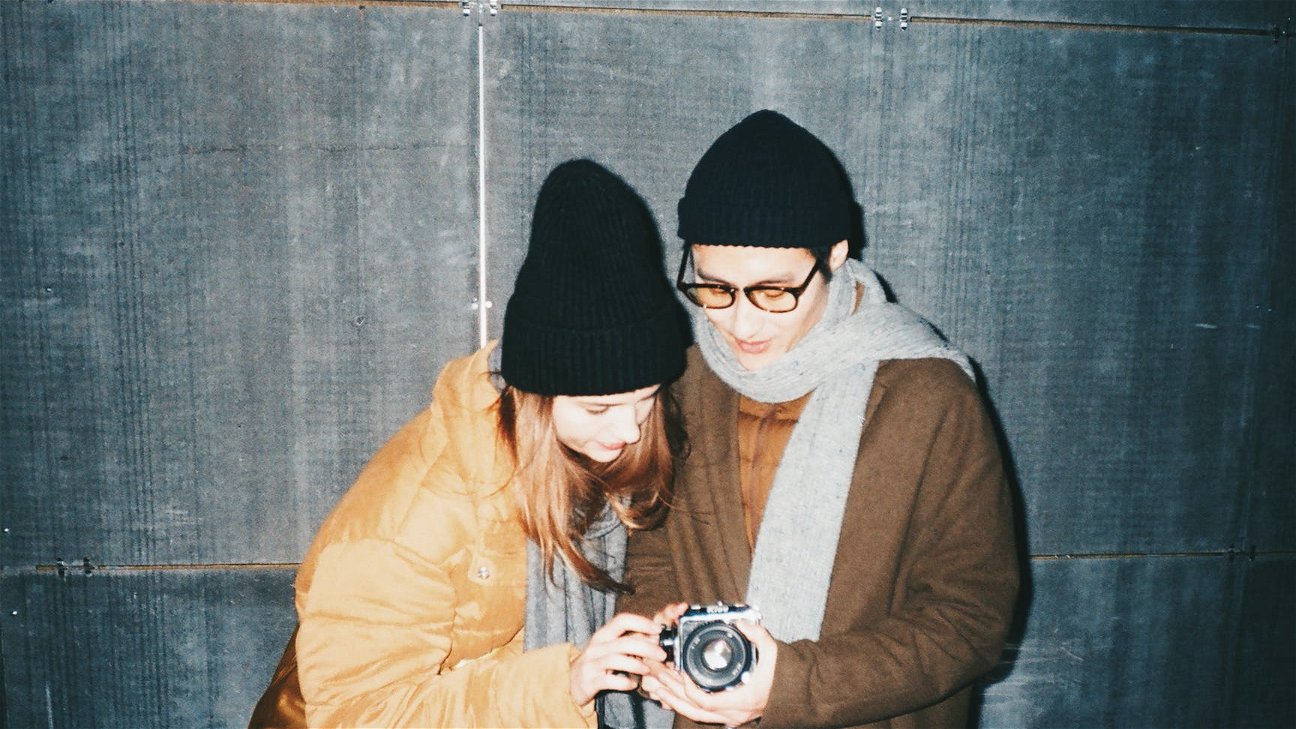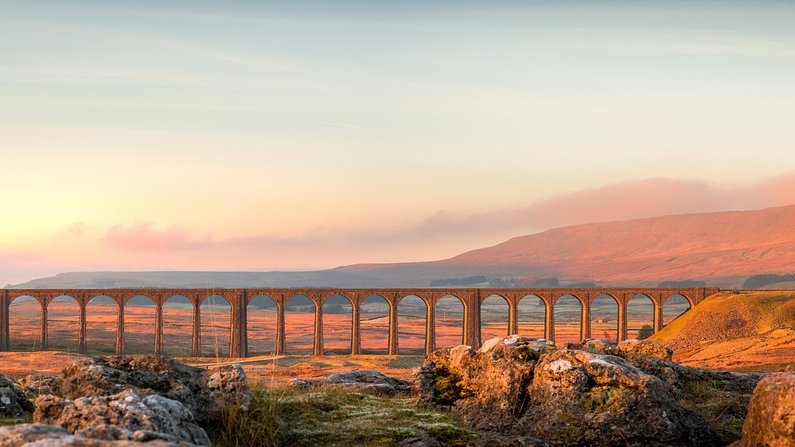
Venturing into the outdoors with your camera can be rewarding, challenging, and inspiring all at the same time. Whether you're capturing spectacular landscapes, intricate details of flowers, or the elusive wildlife, each shot presents a unique opportunity to create something truly beautiful. Let's explore the top three techniques that will elevate your nature photography game.
Technique 1: Master your camera settings
Understanding and mastering your camera settings is the cornerstone of all types of photography. For nature photography, you often need to be quick to capture fleeting moments. Familiarity with your camera enables you to adjust settings like ISO, aperture, and shutter speed in a matter of seconds.
ISO: This setting controls your camera's sensitivity to light. Lower ISO values (e.g. 100) mean less sensitivity and are best for brightly lit scenes. Higher ISO values (e.g. 1600) mean more sensitivity, useful for low-light situations.
Aperture: This refers to the size of the lens opening, which determines how much light gets in. A wider aperture (e.g. f/1.8) lets in more light and creates a shallow depth of field, while a narrower aperture (e.g. f/16) lets in less light and creates a deeper depth of field.
Shutter Speed: This is the length of time your camera's shutter is open. Faster shutter speeds (e.g. 1/500) capture motion clearly, while slower shutter speeds (e.g. 1/60) can create a motion blur effect.
Technique 2: Compose with intention
Good composition can transform an ordinary scene into an extraordinary photograph. Here are some composition techniques to consider:
-
Rule of Thirds: Imagine your frame divided into nine equal rectangles. The rule suggests that you should place the most important elements of your photo along these lines or at their intersections.
-
Leading Lines: Use natural lines in the scene to lead the viewer's eye towards the main subject.
-
Framing: Use elements in the scene to create a frame around your main subject. This can help draw the viewer's attention to the subject.
Technique 3: Optimize lighting
Natural light can be unpredictable, but knowing how to work with it can lead to stunning results. Here are some tips on how to utilize natural light in your photos:
-
Golden Hour: The hour after sunrise and before sunset provides warm, diffused light that's perfect for soft, beautiful images.
-
Blue Hour: The period just before sunrise and after sunset gives a cool, ethereal light that can add a unique atmosphere to your photos.
-
Midday Light: This light can be harsh and create strong shadows. However, with the right techniques, it can also be used to create dramatic photos.
Understanding these techniques and putting them into practice can significantly improve your nature photography. Remember, these are guidelines, not rules. Feel free to experiment, break the rules, and develop your unique style.











